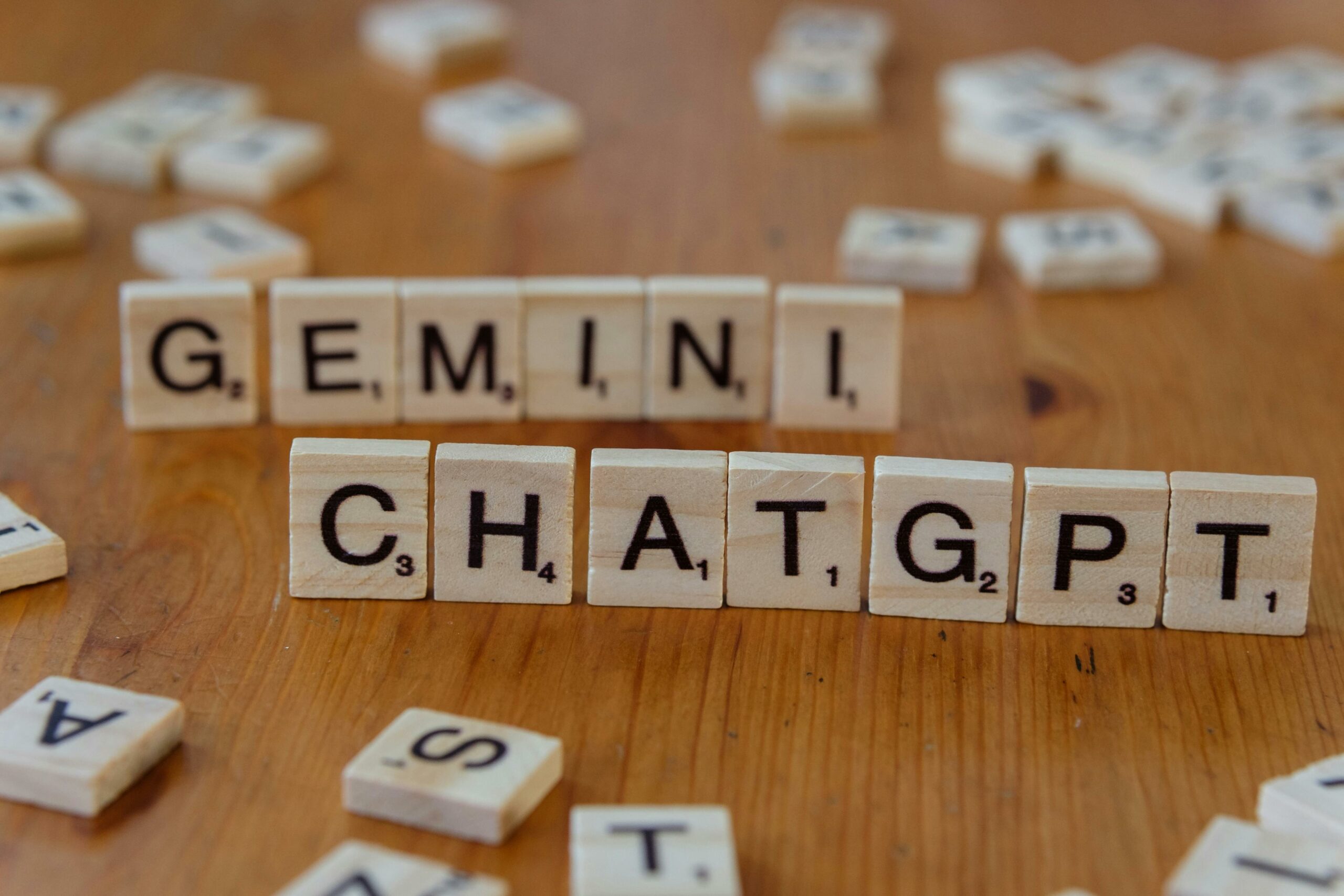In a rapidly changing world, the ability to communicate effectively is as essential as adapting to new technologies. At ILSC New Delhi, we combined these two skills in an exciting one-week initiative titled “English Through AI”— designed for our Learn to Earn (LTE- Cohort 24) program participants alongside a group of international students. The LTE program is a unique initiative dedicated to empowering underprivileged young women by equipping them with strong communication skills and the confidence to thrive professionally. This project was a perfect example of how innovative tools, thoughtful collaboration, and purposeful learning can transform language development into a dynamic, real-world experience.

Day 1: Exploring the World of AI
We began the week with an introduction to artificial intelligence, focusing on how it is shaping communication in the 21st century. Participants explored a variety of free AI tools, discussing their uses and potential benefits in both personal and professional contexts. The conversation was lively — from brainstorming creative writing ideas to understanding how AI can support language learning.
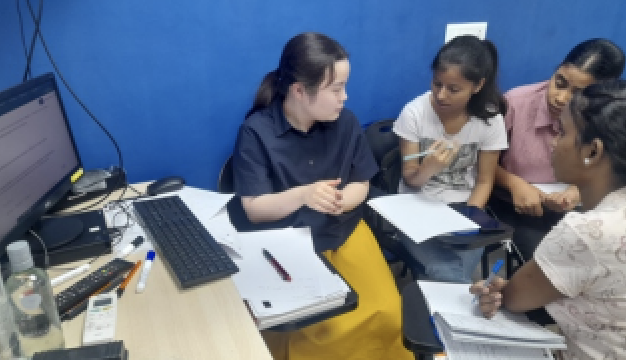
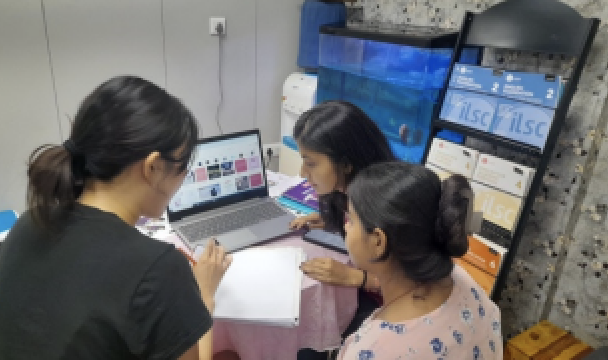
Day 2: Learning Through Media and Reflection
The next step was to work in teams and watch the insightful video “How to Manage Your Emotions?”. Guided discussions followed, encouraging learners to not only share their thoughts but also deepen their critical thinking and listening skills. Participants then conducted research to gather insights, making connections between emotional intelligence and effective communication.
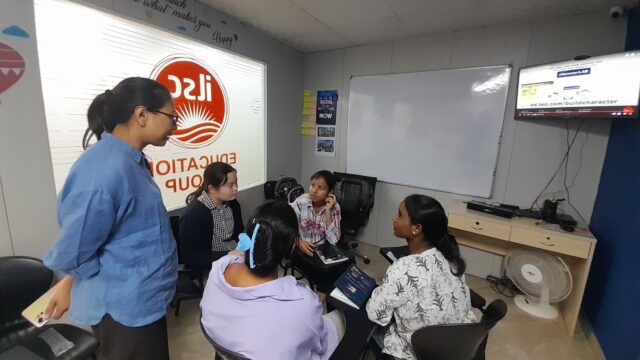
Day 3: Creating with AI
With ideas in place, it was time to build. Students explored tools like Canva Magic Write, ChatGPT, Otter AI, Grammarly, and LanguaTalk to structure their resources. The process itself became a language-learning experience — expanding their vocabulary related to the world of AI while improving digital literacy.
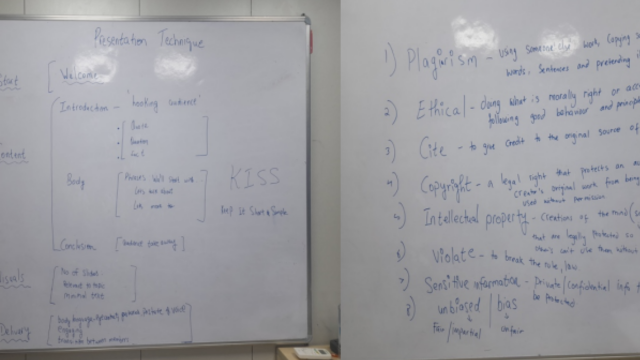
Day 4: Refining the Message
The fourth day was dedicated to reviewing and revising. Teams worked together to polish their projects, focusing on clarity, tone, and accuracy. It was an opportunity to reinforce language skills through peer feedback, ensuring that the final product was both impactful and professional. See how the participants were able to utilize AI to refine their message:
Day 5: Presentation and Celebration
The final day brought excitement and pride as each group presented their unique projects:
• Group 1 – The Psychology of Failure– An exploration of how failure can shape resilience and future success. (By Ananya, Hanshika, Pushpa, and Sangeeta)
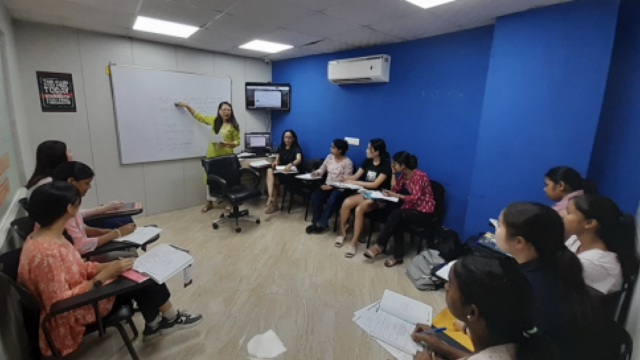
• Group 2 – How Love Changes Your Brain– A fascinating look at neuroscience and human connection. (By Chanchal, Sheetal, Nana, and Mahi)

• Group 3 – 4 Signs of an Unhealthy Relationship– A practical guide to understanding and setting healthy boundaries. (By Annu, Akika, Komal, and Sonam)
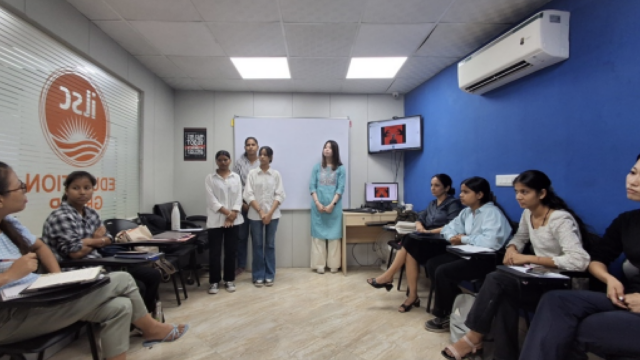
Each presentation showcased not just the topic, but the growth in communication skills, teamwork, and confidence that took place over the week.
Key Learnings
This project was more than an introduction to AI — it was an exercise in self expression, critical thinking, and adaptability. Participants learned:
- Vocabulary Expansion – Words and phrases linked to AI, technology, and emotional intelligence.
- Collaboration Skills – Working in diverse teams with shared responsibilities.
- Digital Literacy – Confidently navigating and using AI-powered tools.
- Presentation Skills – Structuring and delivering ideas to an audience.
Why It Matters
For many LTE participants, this was their first experience using AI in a purposeful, creative way. By blending technology with language learning, we created an environment where communication skills grew naturally — supported by curiosity, teamwork, and real-world application.
At ILSC New Delhi, we believe that learning English is not just about mastering grammar or vocabulary — it’s about empowering individuals to connect, create, and lead. This project demonstrated how, with the right tools and guidance, learners can harness technology to tell their stories and share their voices with the world.
